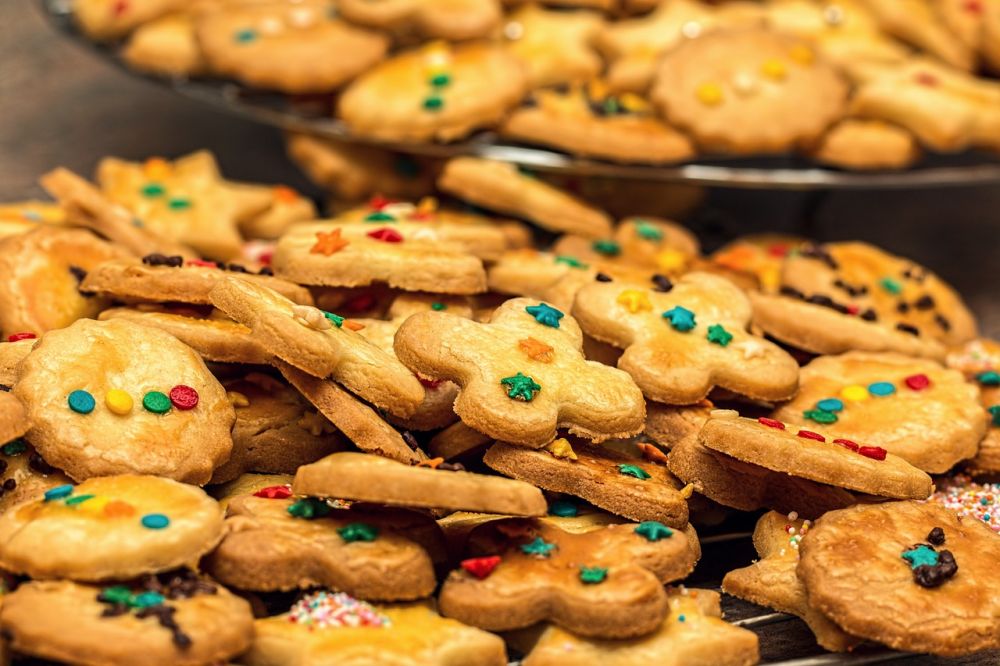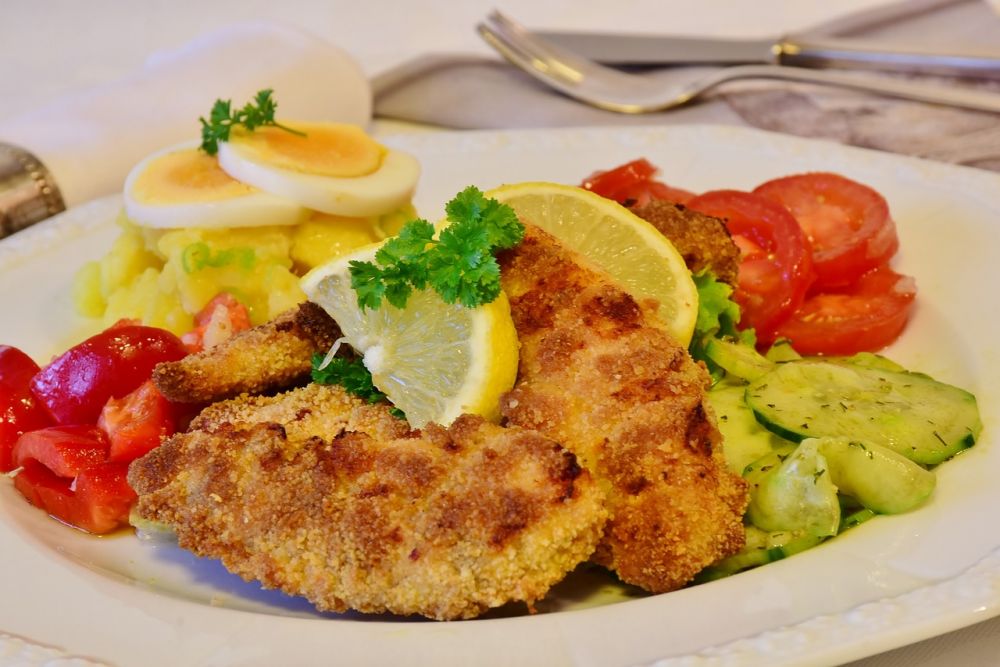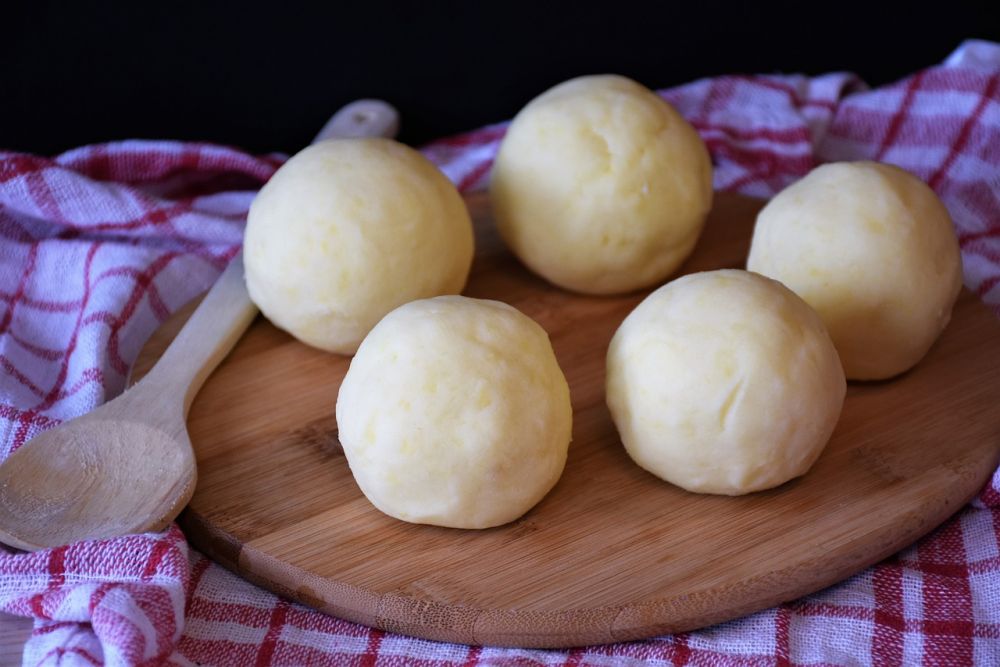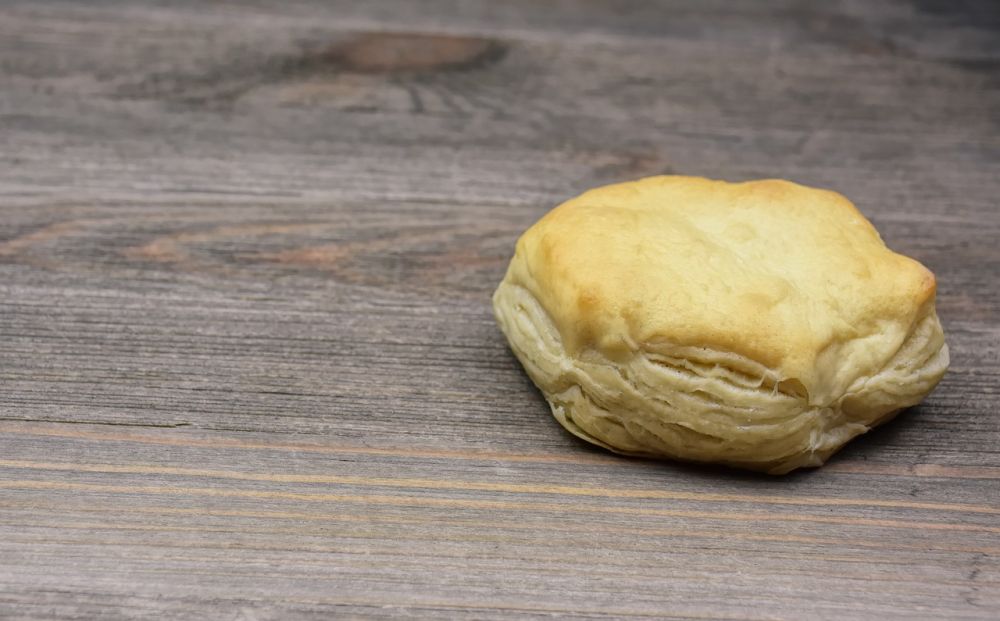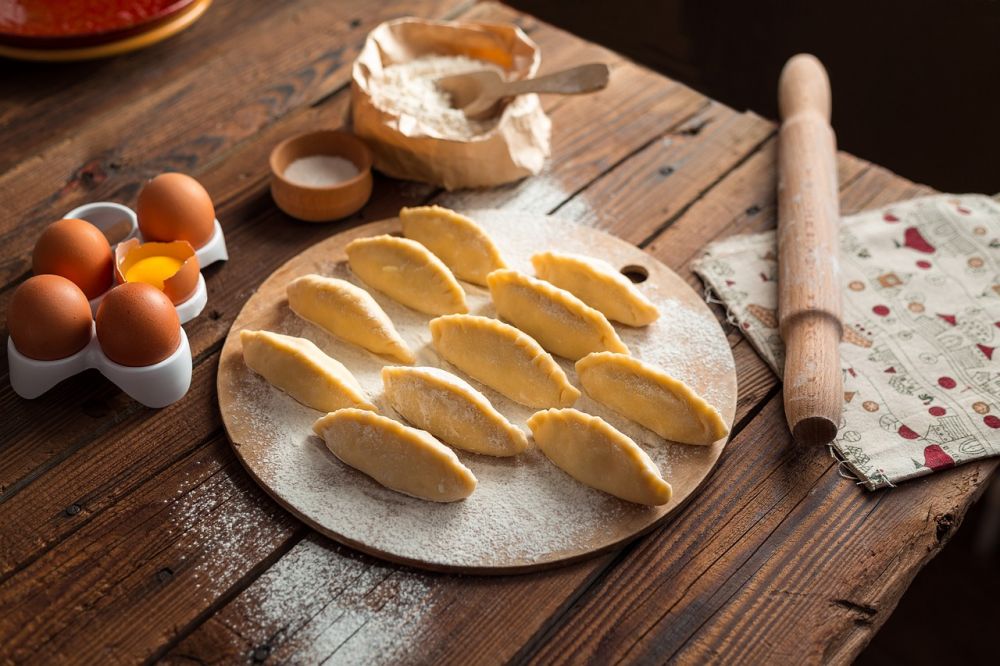Bake Cookies: The Ultimate Guide to Irresistible Delights
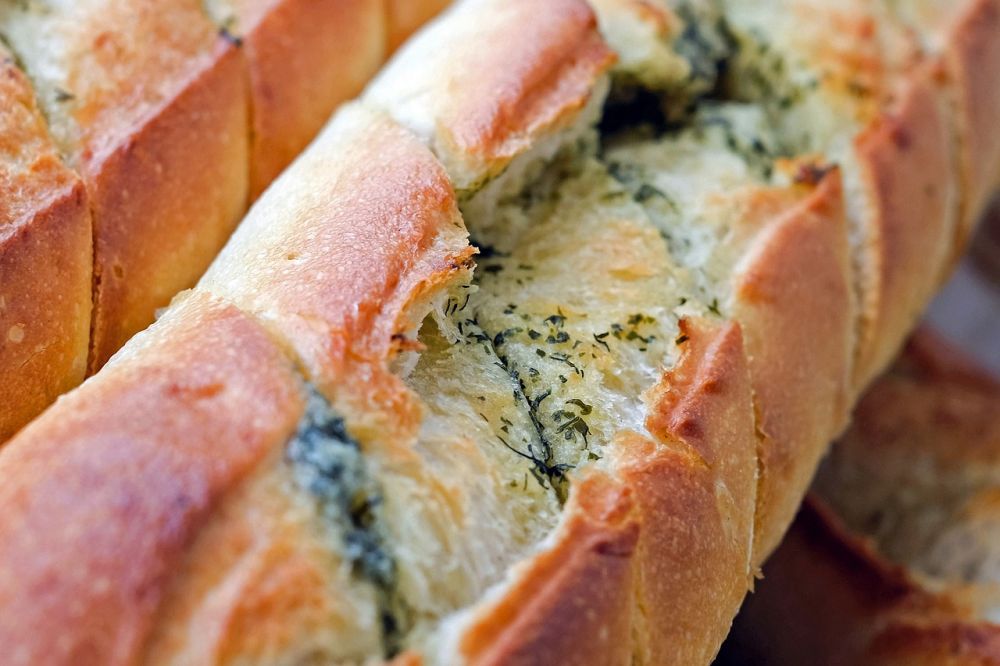
Introduction:
Baking cookies is an art form that has been cherished for centuries, bringing joy to both young and old alike. Whether it’s the comforting aroma that fills the kitchen or the anticipation of biting into a warm, gooey cookie fresh out of the oven, the act of making cookies is truly a labor of love. In this comprehensive article, we will delve into all things related to baking cookies, including types of cookies, popular variations, quantitative measurements, differences between various recipes, and a historical perspective on the advantages and disadvantages of different techniques.
I. What is Bake Cookies?
Bake cookies is the process of creating delicious sweet treats by combining ingredients such as flour, sugar, butter, and eggs, and baking them in an oven until they are golden brown and crispy on the outside, while remaining soft and chewy on the inside. The art of baking cookies can be traced back to ancient times, with recipes and techniques evolving over the years to create an endless variety of cookie delights.
II. Types of Cookies:
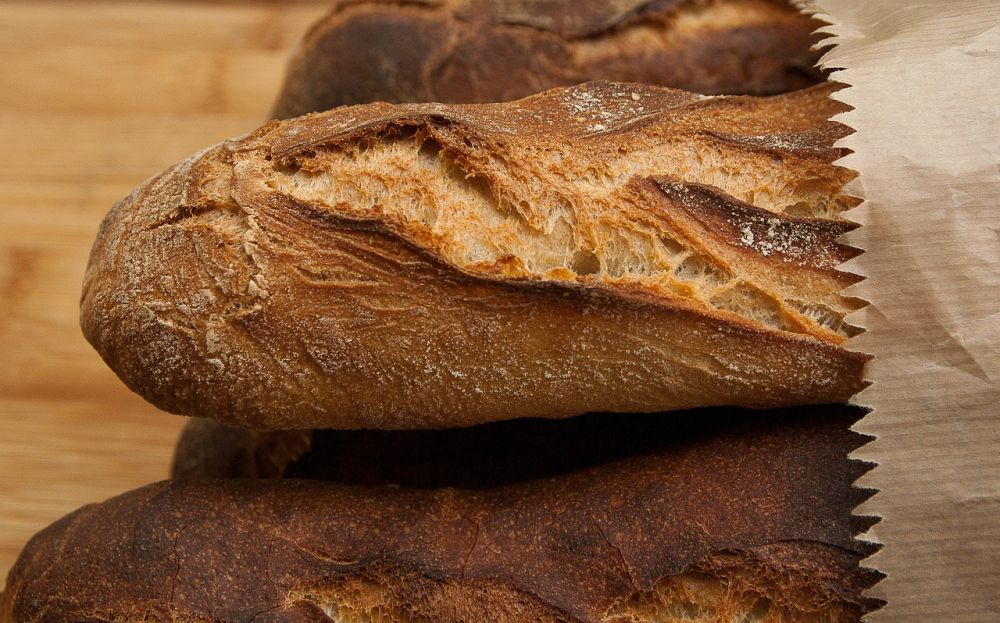
1. Chocolate Chip Cookies:
No cookie collection would be complete without the classic chocolate chip cookie. These delectable treats are made with a simple dough infused with chocolate chips, resulting in a heavenly combination of sweet and savory flavors.
2. Sugar Cookies:
Sugar cookies are a versatile favorite, often enjoyed during holiday seasons and special occasions. With their soft texture and crisp edges, these cookies can be easily decorated with colorful icing, making them both visually appealing and delicious.
3. Oatmeal Raisin Cookies:
For those seeking a heartier option, oatmeal raisin cookies are a perfect choice. Packed with wholesome ingredients like oats and raisins, these cookies provide a satisfying combination of chewiness and subtle sweetness.
4. Peanut Butter Cookies:
Peanut butter enthusiasts rejoice, as peanut butter cookies offer a heavenly blend of nutty flavor and melt-in-your-mouth texture. These cookies are a crowd-pleaser and can be enjoyed by both children and adults alike.
5. Macarons:
If you want to take your baking skills to the next level, macarons are a French delicacy worth mastering. These delicate and colorful meringue-based cookies have a light and airy texture, sandwiching a variety of flavorful fillings.
III. Quantitative Measurements:
When it comes to baking cookies, precision is key. The right measurements can make all the difference between a perfect batch and a disappointing one. Here are some crucial measurements to consider:
1. Flour:
The type of flour used can greatly impact the texture and density of the cookies. All-purpose flour is a popular choice, while others may prefer using a combination of all-purpose and cake flour for a lighter and more tender cookie.
2. Sugar:
The amount of sugar used will determine the level of sweetness in the cookies. Granulated sugar is often used for structure, while brown sugar adds moisture and depth of flavor.
3. Butter:
Butter is a vital ingredient in cookies, providing richness and flavor. It is important to use the correct temperature of butter as specified in the recipe, as it can affect the texture and spread of the cookies.
4. Eggs:
Eggs act as a binder and provide moisture to the dough. The size and number of eggs used can impact the final texture of the cookies.
IV. Differences Between Bake Cookies:
Despite using similar ingredients, different cookie recipes can result in significant variations in taste and texture. Here are a few factors that differentiate cookies from one another:
1. Leavening Agents:
The addition of leavening agents such as baking soda or baking powder can affect the rise and spread of cookies. Some cookies are intentionally made to be thicker and chewier, while others are lighter and fluffier.
2. Mixing Techniques:
The method employed while mixing the dough can have an impact on the final texture. Creaming butter and sugar together creates a lighter, tender cookie, while using melted butter results in a denser, chewier cookie.
3. Additions:
Various additions, such as nuts, chocolate chunks, dried fruits, or spices, can greatly enhance the flavor and texture of cookies. The choice of additions can vary depending on personal preferences and the desired flavor profile.
V. Historical Perspective on Pros and Cons:
Throughout history, cookies have undergone many changes in recipes and techniques. Here are some historical perspectives on the advantages and disadvantages of different cookie baking methods:
1. Traditional Homemade:
Traditional homemade cookies, baked from scratch, offer the advantage of complete control over ingredients and flavors. However, they require more time and effort compared to pre-packaged options.
2. Store-Bought Doug
Store-bought cookie dough provides convenience, allowing for quick and easy baking. However, they may lack the homemade taste and customization options.
[INSERT VIDEO HERE]
3. Gluten-Free and Vegan Options:
With the rise in dietary restrictions, gluten-free and vegan cookie options have gained popularity. These alternatives cater to individuals with specific dietary needs but may require additional ingredients and substitutions.
Conclusion:
In conclusion, baking cookies is an art form that brings delight to both bakers and consumers. With a wide array of options available, from classic chocolate chip to avant-garde macarons, there is a cookie for every occasion and palate. Understanding the basic techniques, measurements, and differences between recipes can empower bakers to create their own cookie masterpieces. So, why not set some time aside, gather your ingredients, and immerse yourself in the joy of baking cookies? The sweet rewards will be worth it.

